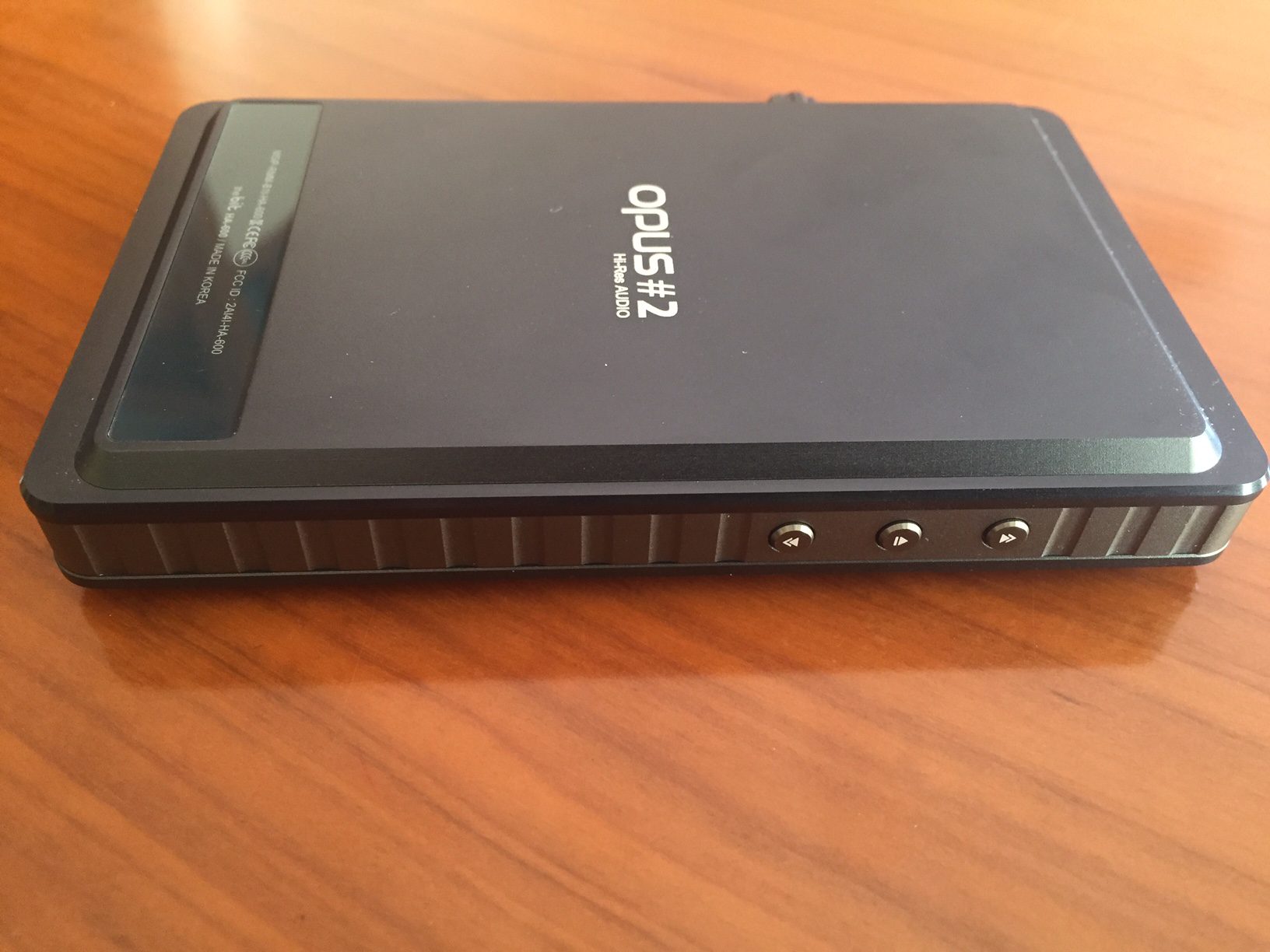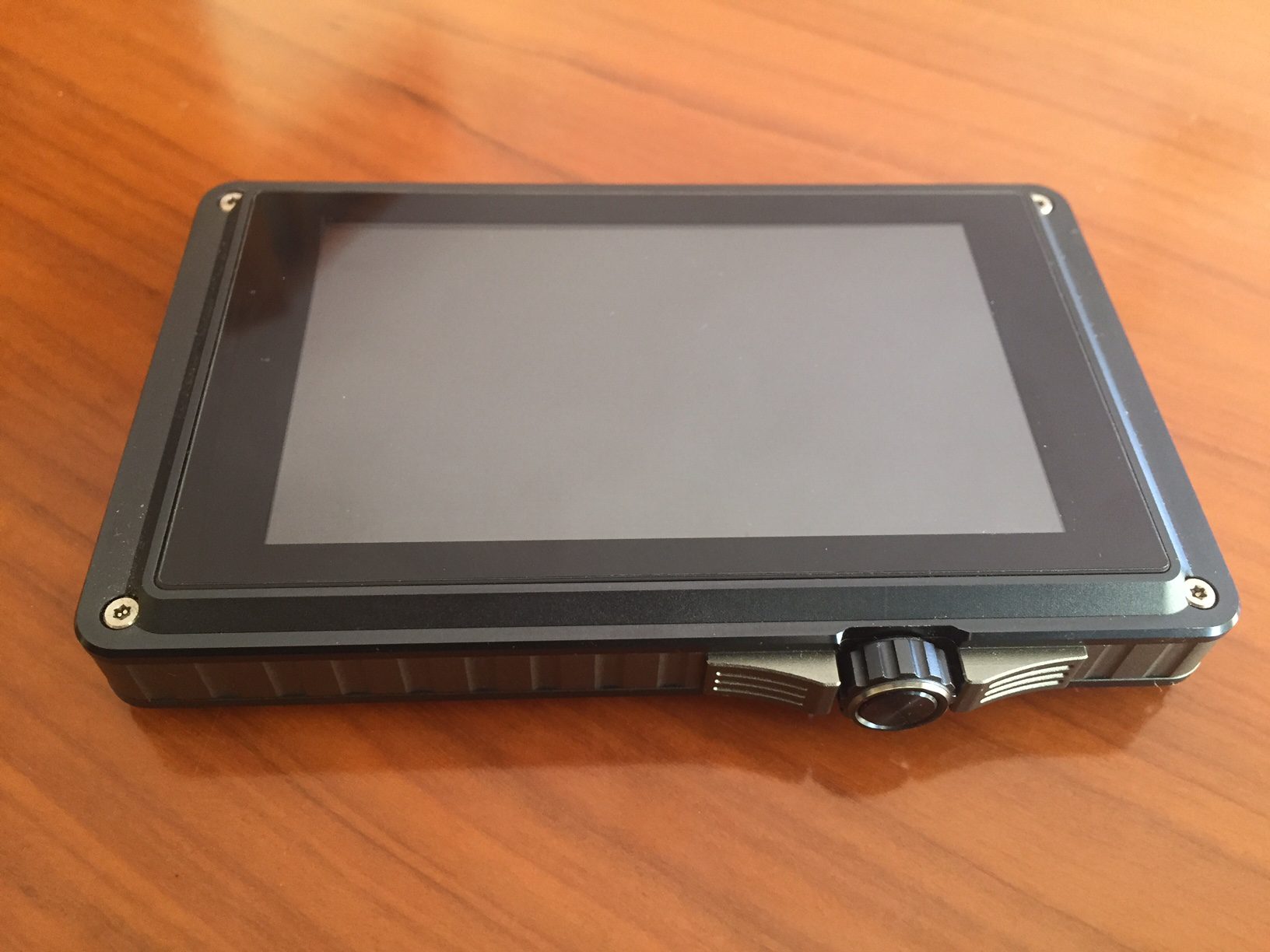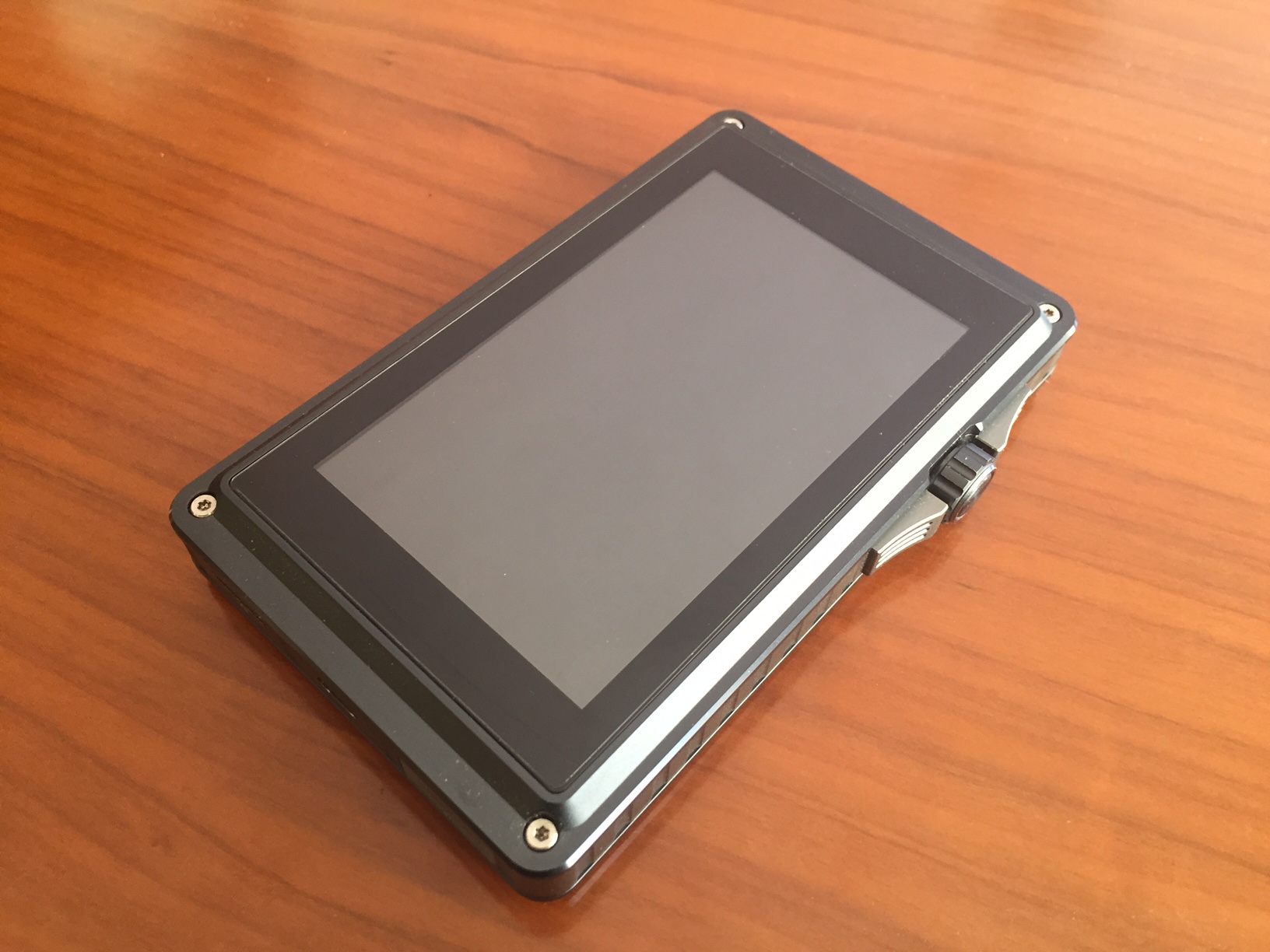Sound:
Opus#2 has a slightly open-toned presentation. It sounds detailed and musical with some traces of being technical. It doesn’t have a completely true and uncolored tone; still, it is very satisfying.
Low Frequency:
The low frequency of the player is more bodied and dynamic than its little brother, Opus#1. The sub-bass presentation has a good texture and resolution; in addition, it is fast enough to perform well in metal tracks.
It is not overpowered and there is no stage-tightening problem with IEMs that have dominant mid-bass presentation. The overall tone of the lows is not too warm, but the mid-bass gives a good body and smoothness to the spectrum.

Mid Frequency:
Opus#2 provides a slightly open-toned midrange presentation that has a good resolution. The mentioned open tone offers more transparency and air without being unnatural and uncontrolled. The mid-bass presentation thickens the lower and center midrange and that eliminates the disadvantages of the open tonality. Furthermore, the player offers a good sub-section body in accordance with the mid-bass presentation.
Although there is a tone that leans towards open-class, the upper midrange is neither piercing nor overly bright. Opus#2 provides a good tonal balance in that area and it releases details without being fatiguing with the exception of IEMs that have a problematic upper midrange.
High Frequency:
The treble presentation is alive and detailed. There is a slight color on the treble of Opus#2, but it never turns into a metallic or unnatural sounding unit. The player offers a combination consisting of technical and musical approaches. The treble is neither located too forward nor recessed. It releases micro-details in a relatively smooth way.

Soundstage and Separation:
The stage of Opus#2 has enough width and depth to provide a non-congested instrument placement and a very good separation. The stage is neither messy nor overly big, so that focusing is not difficult. In accordance with the mid-bass presentation and the stage width, there is a clean and clear space around vocals, and instruments are located far enough to each other.
Single Ended Output vs Balanced Output:
The main and significant differences between both outputs are the stage dimensions and the space around instruments. The single ended output sounds slightly more full-bodied with a more prominent mid-bass presentation, while the balanced output provides a less stressed and a more airy instrument placement pursuant to a more laid-back stage structure. In comparison, the single ended output seems to be congested when switched from the balanced.




One Response
Hi,
s Opus#2 discontinue from AudioOpus product portfolio?Are they now coming with another flagship?
Because the product is heavily discounted in USA. It is now available for just $1099 in MusicTeck